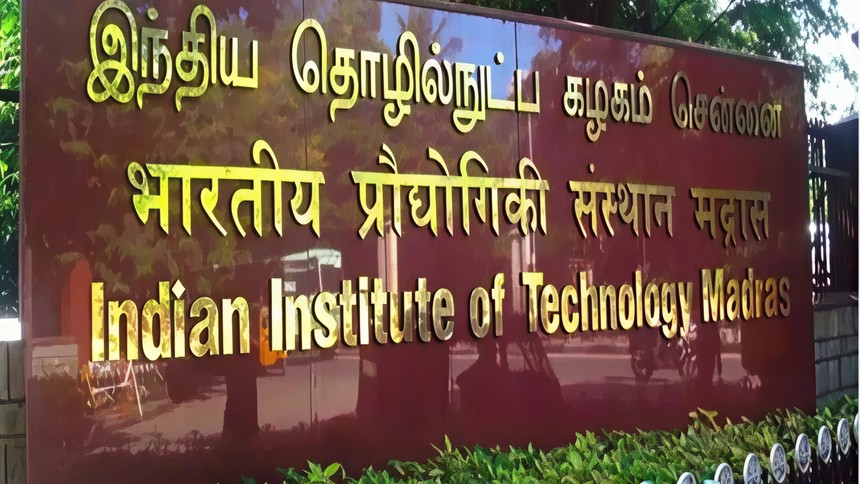The US has imposed a ban on the sale of Nvidia's high-performance AI chips to China, but Chinese companies are reportedly accessing these processors through data centers operated by tech giants like Google and Microsoft. This workaround allows Chinese firms to use Nvidia-powered servers globally via various cloud providers, including smaller ones based in the US, Europe, and Asia.
Accessing Nvidia’s AI Chips through Global Data Centers
According to a report by The Information, Chinese companies are gaining access to Nvidia’s AI chips by renting Nvidia-powered servers at data centers outside China from companies like Google and Microsoft. This highlights a loophole in US export rules, allowing Chinese firms to utilize banned AI technology indirectly.
Google Cloud and Microsoft Azure’s Role
Both Google Cloud and Microsoft Azure offer rental services for Nvidia's AI chips to Chinese companies, including AI startups. A recent report even suggested that Elon Musk-owned X was in talks with Oracle to rent Nvidia’s highly sought-after H100 AI processors.
Apart from major US tech giants, a sector of smaller cloud providers also specializes in offering access to Nvidia-powered servers globally. These services are available to Chinese customers, with some cloud providers based in the US and many others in Europe and Asia.
Chinese Firms Accessing Banned AI Models via Cloud Services
Earlier reports indicated that OpenAI, the maker of ChatGPT, is blocking access to technology used to build AI products for entities in China. However, developers in China can still access these models through Microsoft’s Azure cloud service, which operates in China via a local joint venture.
OpenAI's conversational AI models are available to Chinese businesses if they sign up for Microsoft's Azure cloud service, which operates in China through a partnership with local company 21Vianet. Several Azure China customers have claimed access to OpenAI's models despite the broader restrictions.
Implications and Future Considerations
The ability of Chinese companies to access Nvidia’s AI chips and OpenAI’s models through global cloud services underscores the complexity of enforcing technology bans. As Chinese firms continue to leverage these workarounds, it raises questions about the effectiveness of such export restrictions and the need for more stringent enforcement mechanisms.
This situation highlights the global interconnectedness of the tech industry and the challenges governments face in regulating technology transfer. It also underscores the importance of monitoring and potentially updating export control policies to address these evolving dynamics.
Conclusion
Despite the US ban on Nvidia's high-performance AI chips, Chinese tech firms are finding ways to access these processors through global cloud services provided by companies like Google and Microsoft. This workaround exposes a gap in US export rules and emphasizes the need for ongoing vigilance and adaptation in policy enforcement to effectively manage technology transfer and maintain competitive balance in the global tech industry.
















